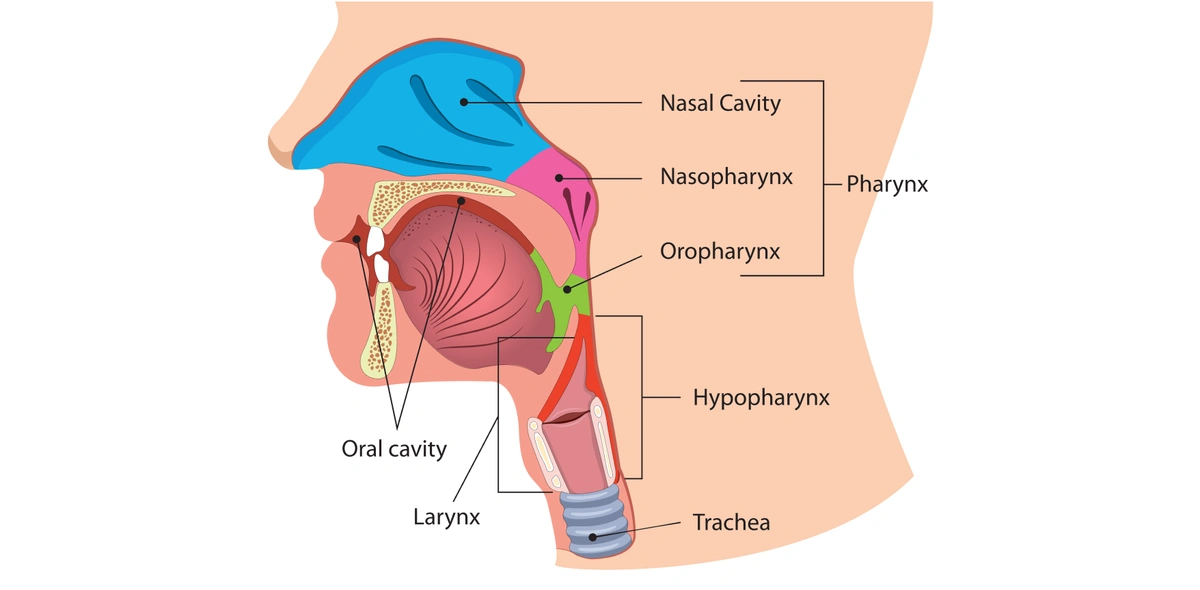The article emphasizes the importance of early treatment for children with high palates, narrow dental arches, overjets (protrusion of upper teeth), and obstructed airways to reduce the occurrence of obstructive sleep apnea (OSA) in the population.
It discusses the unique development of the human airway and skull characteristics, highlighting the differences between infants and adults. The infant's airway allows for simultaneous breathing and swallowing, while adults cannot perform both functions simultaneously. It also discusses the relationship between palate, dental arch shape, and OSA risk factors such as high palate, narrow dental arches, and overjet.
The article mentions research on prehistoric skulls and non-industrialized cultures, which had wide palates, good occlusion, and large posterior nasal apertures, suggesting a lower incidence of OSA. Breastfeeding is emphasized as important for proper palate and dental arch development, as well as the development of correct swallowing and orofacial musculature. It concludes by emphasizing the need for early treatment to expand the arch and reduce the risk of OSA in individuals with high palates and narrow arches. Additionally, it highlights the importance of orthodontic treatment for Class II malocclusion and the unique nature of the human airway compared to other mammals.



